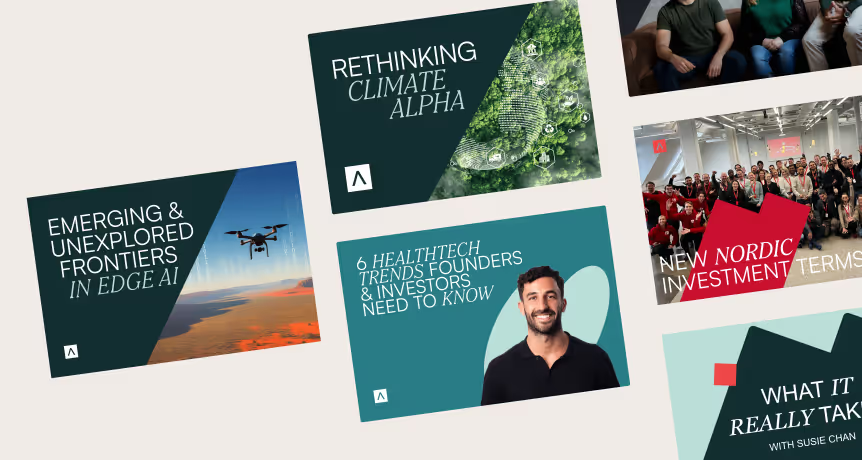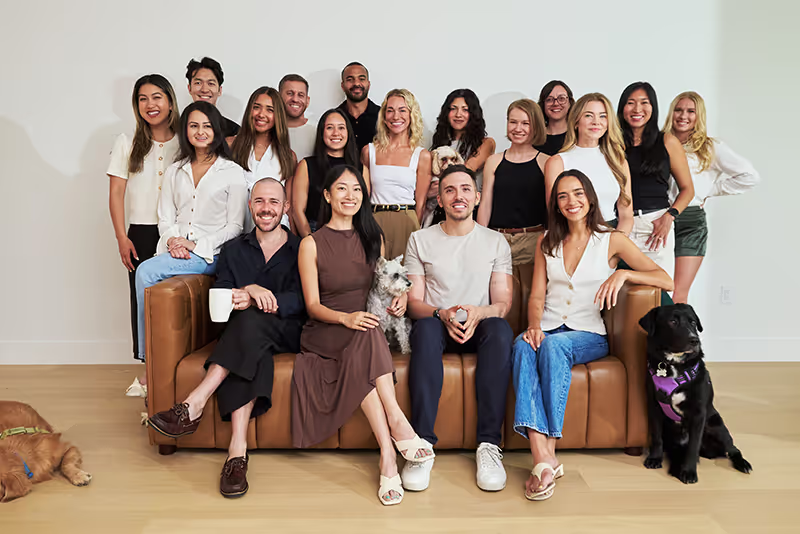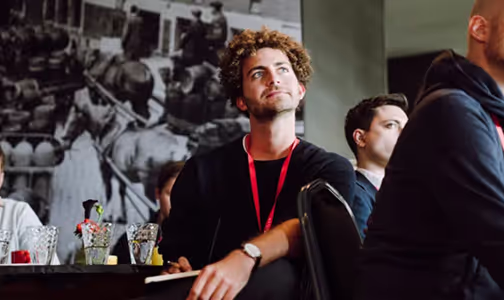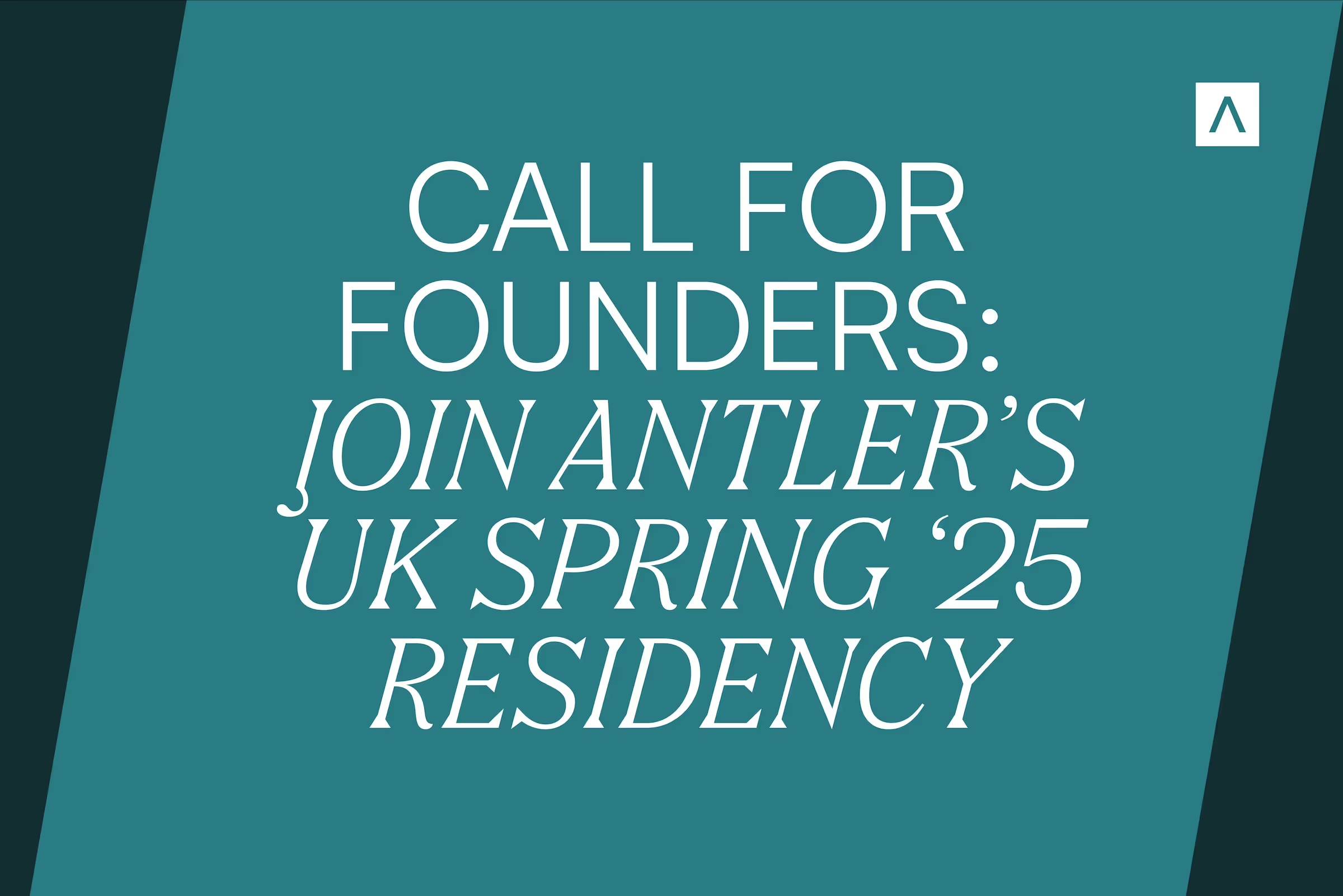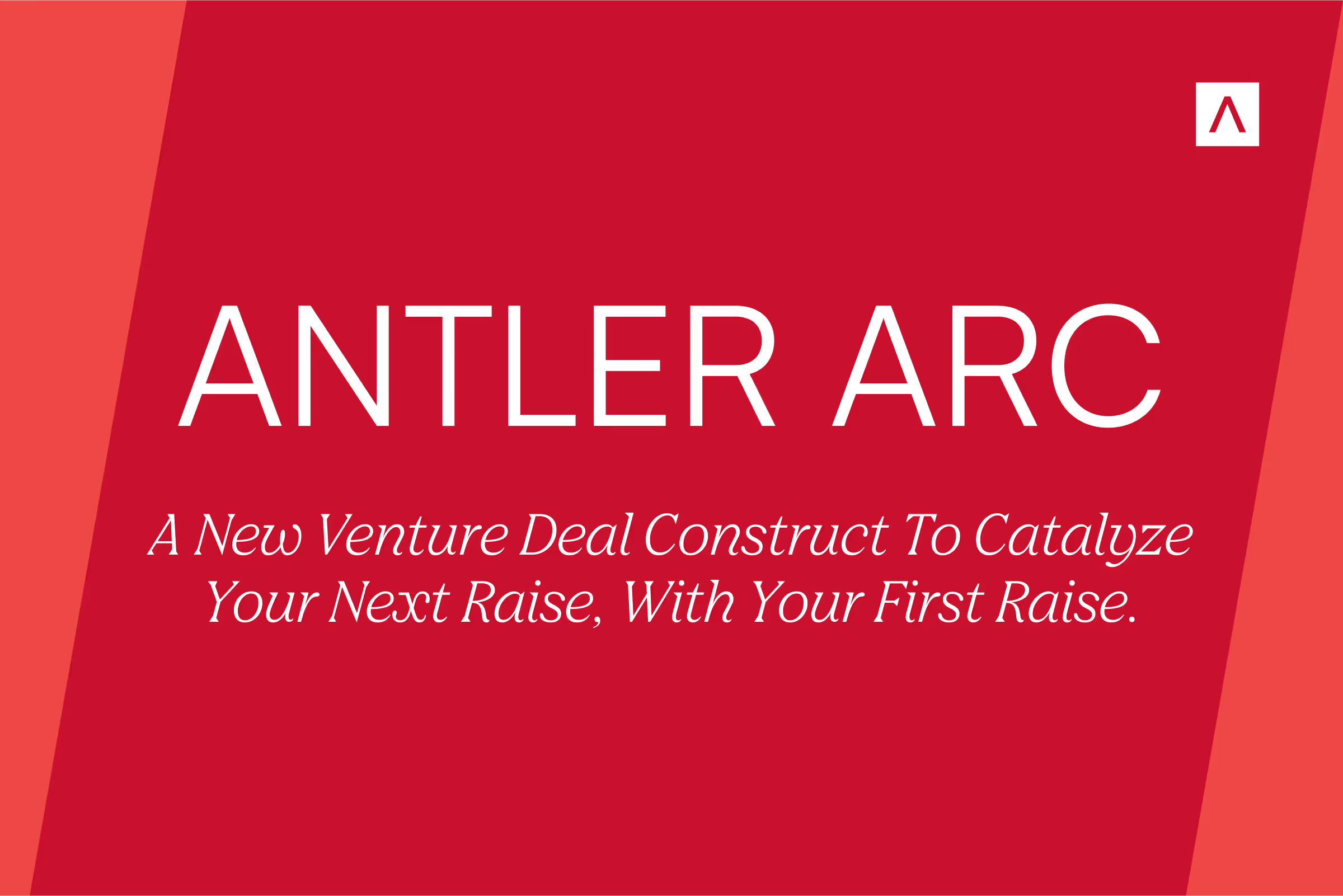After participating in the first week of Antler's second Sydney startup generator program, the single most important line which stuck with me was as follows:
Just find demand!
The other surprising and brain expanding portion of week one was that each day I came home, there was a logical (and very unvalidated) path to build a business in everything from data science, medical tech, smart water meters, sustainability due to how terrible we are as a nation in recycling (the figures are shocking), all the way to a solution which rated the healthiness of relationships with others by integrating all our communication mediums.
Other big lessons I learned this week:
Start with the problem
Everyone loves to start with an amazing solution and not the problem. They can visualise how the customer will use the solution and what benefit it's going to drive. Then you sit there and think, well, this could be the next unicorn and then nobody does anything about it. I am guilty of this over the years. Antler is drilling this rightfully into us. What is the problem you are looking to solve?
If it is any one or multiples of these following questions it may warrant spending time on trying to solve. Is it painful enough people will pay, popular enough that there is clearly a lot of mess, frequent enough to run into this problem everyday, urgent and needs to be solved right now, growing at least 20% per year and/or unavoidable such as legislation change? The average duration for an entrepreneur to exit is seven years. It's best to get this part right and be able to fall in love with the problem you will be solving.
We were given some ideas as to where to look for problems, such as applying old tech to a different vertical, build a new venture altogether by identifying whitespace (very hard to do), build a platform which supports a growing trend - something like a no code website builder, take an idea from overseas and launch it locally (big plus for us Aussies) or tinkering with an old problem and work out how to scale it.
What's the solution?
We completed two Design Sprints in an attempt to understand other co-founder working styles. Each time we had about six people in a team and at the end of these five-hour blocks, we had to pitch the room for 2.5 mins. The heads of Antler VC would then probe questions as if it was an investment committee to decide if they wanted to back us. I felt sorry for the first guy up who received a baptism of fire - luckily we were group 12. In the heat of this five hour task, we had amazingly still not clearly identified who our customer was with 30 minutes to go, we also only validated our problem statement when we reviewed data that supported it. This process was ineffective but very enjoyable to get through and learn.
The second Design Sprint was much more organised and even in that I learned a basic structure to build on for next week and beyond. The main outcome of these rather intensive exercises is to figure out who you can work with. It's also an attempt to prepare us for the presentation each company will do after week 10 to secure the 100K investment in their new business venture. That Investment Committee, or IC as they call it, will eventually comprise nine people. Two will be from Antler Global, three from Antler Australia (who we will all know very well by then) and four observers which will include investors in the Antler fund and local VC experts. These investors will be trying to figure out how secure their investment will be and won't have dealt too much with us throughout the 10 weeks.
What gives us the right to solve this problem?
So we have found a problem worth solving, figured out the solution - now comes the question of why on earth should we be the ones to solve it? What expertise and real world experience lends itself to this being a successful venture? There has been some amazing experiences in this cohort of both huge success along with failure. 21% of the cohort have exited a company as the CEO or founder. Most have battle scars from when it did not have such a great economic outcome. We were also lucky to have Mike Knapp who was one of the founders from Shoes of Prey present his lessons on building one of the most spectacular VC backed failures. They raised more than $30m in VC funds, had more than 230 employees and millions in revenue before trying to take on the world - not focused on a niche where they could win. Mike now works at Google advising the developing world and is grateful for the lessons of Shoes of Prey. He admitted the founding team knew nothing about shoes, they just wanted to build a "Purple Cow" company AKA, a unique one off company which they did but were too stubborn to pivot into something sustainable and double down on where they could dominate.
There were a few common questions thrown at the groups by following the Design Sprints. "Thanks for that, great presentation, now..."
Next week will be just as intense. We have design sprints and presentations of problem statements closer to our own hearts. The search for the ideal co-founder(s) continues. In the back of our mind we need to be identifying problems, solutions and the team to scale to $100m turnover in five years. Not a mandate but this is to keep the hamster in our head spinning and ensuring the problem is actually worth solving. After all, 42% of all startup failures occur due to non market fit - I translate that to mean, the team has happy ears but hasn't validated the idea hard enough. This is a very important muscle we will need to strengthen in the next 2 to 3 weeks, right the way through to IC and beyond.
Antler gives you the training wheels (albeit you're starting on a Ducati) and then gradually removes them. To do your startup justice and chance to succeed, it needs to be a full time gig to get the most out of the problem you are trying to solve. Antler pays us a grant for the first few months ahead of pitching for investment, this gives us all bandwidth to build something amazing and apply ourselves 110%.
Think about this... All the biggest companies start out as a test on a non-obvious hypothesis, then it's simple: Demand demand demand. Hustle hustle hustle.
This article was written by Adam Ross, an entrepreneur participating in Antler's second Sydney program. This article originally appeared on LinkedIn. Read the original here. This article has been slightly edited for clarity.
